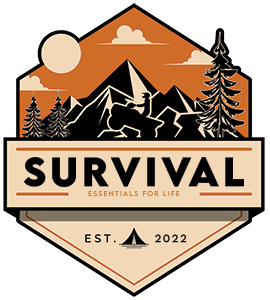Living in uncertain times is more than motivating enough to drive families’ most laid-back into emergency supply storage. Once you’ve become confident that you have enough water and first aid provisions to last your family a month or two, the next hurdle should obviously be food. Whether or not you enjoy the food you have hidden away is altogether another obstacle, but one that should be met head-on. Many companies like Patriot Pantry and 4Patriots have meal buckets on the market for a steep price, and as any military personnel can attest, MREs and de- then rehydrated meals often aren’t tasty. Thankfully, you can ensure your family’s food source for three months using meal-prepping tactics and have a firmer hand on what your family will eat and get from it.
The Basics
Building a three-month food supply for your family can be much more intuitive than you would assume. It’s crucial to stock calorie-dense, easily made foods you know your family will enjoy. When planning your stock, remember that adults typically require 2,000 calories or more per day, and while these can be gained through one large meal, having the option to spread them more evenly throughout the day is preferred. Remember your littlest family members and the largest; keep premixed formula on hand to use before mixing any powder with your precious distilled or boiled water supplies.
Plan for nutritional supplements to store alongside your food. These vitamins and minerals can be the difference between your body using that food wisely or letting all but the calories go to waste.
Staples in bulk
Ideally, these foods would be eaten alongside more exciting and varied sides; however, many grains and plant-based protein sources can be left in the pantry for much longer than three months! Wheat can be a significant first step in your emergency storage journey, and keeping plenty of it on hand is as easy as buying extra pasta at the grocery store. Roughly sixty pounds of wheat-based staples like pasta, flour, and rice per person should be stored in large, five-gallon buckets with locking lids to prevent moisture and critter contamination. Twenty pounds of shelf-stable milk per person can be purchased and stored in airtight containers, like powdered milk, canned evaporated milk, and pasteurized cheese spreads. Iodized salt is vital and should be stored in its original container for careful opening and closing in use.
Gradual additions
Once the staples have been acquired and hidden away in bulk, you can add other bulk items that your family enjoys. Beans and lentils can be purchased in large quantities and stored indefinitely, and canned foods should be rotated through constantly in a “first in, first out” method to ensure quality. Canned meats and fruits and veg can be purchased inexpensively; however, regularly inspect the cans for bloating or damage signs. Cans showing these signs are no longer safe for consumption.
Keep an excess of seasonings and shelf-stable snacks in the emergency pantry. Those seasonings contain essential nutrients, and snacks can ease some of the longest days without electricity and entertainment!
No one likes thinking about what a long-term emergency would look like, but having contingency plans for food and water for your family can go a long way toward easing anxiety. There are plenty of forums online for preppers to share ideas and storage plans, so consider looking into those. We hope this helped give you a starting point for your three-month emergency food supply for you and your family to branch off.
